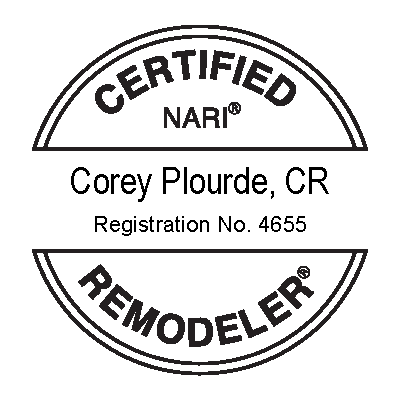What is an ADU—and Why Are Massachusetts Homeowners Talking About Them?
/What is an ADU and Why Are Massachusetts Homeowners Talking About Them?
Accessory Dwelling Units (ADUs) are gaining serious traction across Massachusetts—and for good reason. Thanks to a new state law that went into effect on February 2, 2025, building an ADU on your single-family property is now easier, faster, and more practical than ever.
🌟 So, What Is an ADU?
An ADU is a self-contained living unit on the same lot as a primary single-family home. It has its own:
Private entrance
Kitchen and bathroom
Living/sleeping space
ADUs can be attached, detached, or within the main home (like a basement or over-garage apartment). They're designed to provide independent, flexible living options for family, caregivers, or renters.
What Changed with the New Law?
Under the new regulation (760 CMR 71.00), ADUs are now recognized as a "Protected Use" in all single-family residential zoning districts—meaning:
You can build one ADU by right (no special permit or zoning board approval needed)
No owner-occupancy requirement
You can use existing non-conforming structures as long as they meet safety codes
Shared utilities are allowed (e.g., water, sewer, electricity)
Only one off-street parking space may be required—and none if you're within ½ mile of a transit station
Specifics of the “Protected Use” Status
Only one ADU per lot qualifies as a Protected Use ADU.
Even if your ADU doesn’t meet all local zoning rules (setbacks, size, etc.), it may still be protected if it meets state ADU definitions and safety codes.
Nuances of Parking Regulations
While the law limits municipalities from requiring excessive parking:
The parking exemption (no space required) only applies within 0.5 miles of a public transit station.
That means a formal bus stop, not just any roadside flag stop, must exist for the exemption to apply.
Clarification on “By Right” ADUs
“By right” means:
No special permit or zoning variance is required if your project meets local dimensional requirements.
However:
Your town can still require a site plan review or standard building approvals—as long as they’re clear, objective, and not excessive or designed to block ADUs.
Permitting Still Required
Even with this streamlined process:
You still need a building permit
Your ADU must follow state building, fire, septic, and environmental codes
If your existing parking is required by code for the main house, you can’t remove it when adding an ADU
Real-Life Example
A recent ADU in Newton, MA:
Was about 754 square feet
Used a shared sewer and water line
Was added next to a garage structure
Required coordination with the town for record-keeping—but no zoning variance
Financing Options for Your ADU
Common ways homeowners fund ADU construction:
Home equity loan or HELOC
Cash-out refinance
Construction loans
Personal loans or savings
Local housing grants or programs
Potential Impact & Benefits
This law is expected to result in 8,000–10,000 new ADUs over the next five years in Massachusetts.
Benefits include:
Rental income potential
Flexible space for family, seniors, or caregivers
Adds resale value to your home
Makes use of existing land and infrastructure for sustainable housing growth
Key Rules to Know
Regulated under 760 CMR 71.00: Protected Use Accessory Dwelling Units
Towns can limit short-term rentals (like Airbnb) if they regulate all homes equally
Design standards may still apply in historic or environmentally sensitive areas
Towns may allow more than one ADU per lot, but those will need a special permit
Thinking About Building an ADU?
With reduced restrictions, strong protections, and growing demand for flexible living, now is a great time to consider adding an ADU to your home.
At CORE Remodeling Services, we can:
Help you determine feasibility on your lot
Navigate local permitting and building codes
Design and build an ADU that complements your home and goals
👉 Ready to Explore ADUs?
Let’s chat about what’s possible on your property and help you make the most of this opportunity.





























